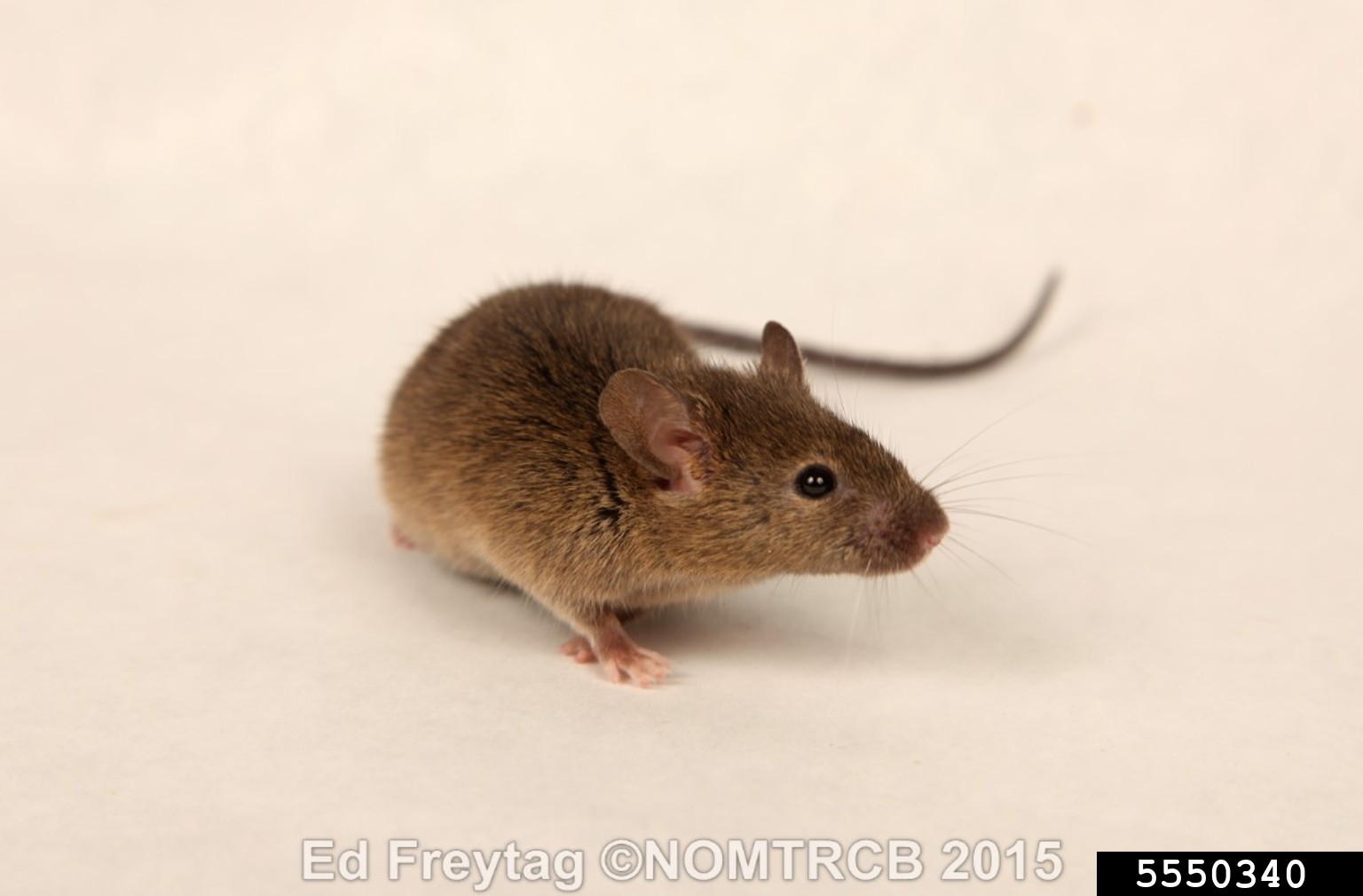 Ultrasonic Pest Control is Ineffective - March 11, 2020 Jeff Schalau, Agent, Agriculture & Natural Resources University of Arizona Cooperative Extension, Yavapai County When it comes to pest control, most people want to do the right thing. That is, to prevent or minimize pest damage to plants, textiles, wood and/or stored food while causing the least disruption to natural systems we collectively call “the environment.” Furthermore, people are increasingly looking for pest management solutions that use little or no pesticides. In general, this is also a good idea. Although many pesticides are becoming safer, people are increasingly drawn toward non-pesticide alternatives. When considering these alternatives, it is important to investigate their effectiveness. Ultrasonic pest control devices are commonly marketed as an alternative to pesticides. The word “ultrasonic” is defined as sound waves higher in frequency than human hearing. These devices claim to use ultra-high frequency sound waves to chase away birds, bats, rodents and arthropod pests like fleas, cockroaches, silverfish and even spiders. Most of them are designed to plug into an electrical outlet. The devices are usually a little plastic box with a handy LED light to tell the owner it is on and working. Some ultrasonic devices are battery-operated for such applications as a flea-repellent collar and pocket-sized cards for outdoor enthusiasts to repel mosquitoes. Several researchers have concluded that ultrasonic devices do not effectively repel or eliminate pests from homes and/or gardens. In fact, in the 1980's the Federal Trade Commission charged several companies with false advertising and required them to make refunds to customers. Today, similar devices are still being sold. More often than not, these devices are not supported by any form of scientific research proving their efficacy. Most insects and animals hear or feel the same range of frequencies that humans do. If a sound or frequency doesn't bother us, it is doubtful that it will bother pests. Animals placed in cages next to these devices continue to live normal lives. If they are paired with the opposite sex, the animals continue to reproduce. Others have placed ultrasonic devices in rat and bat infested attics and found that pest populations continue to live and reproduce in those spaces. “New and improved” subsonic devices have recently hit the market. Manufacturers claim they are even better than ultrasonic ones. Instead of sending out a high frequency signal, they produce a low frequency sound or vibration. Some producers of subsonic devices say they use the electrical wiring in a house or structure to form a protective shield around the inhabitants and the things they want to protect. The box, plugged into a common outlet, supposedly sets up low frequency vibrations through the electrical wires that pests can’t stand. Again, researchers have proven subsonic devices are ineffective. As noted above, people are usually purchasing these devices to discourage small rodents, bats, insects, or spiders. There are several strategies that do work on these and other pest species. For any pest, try to remove any attractant (food, water, nesting material, etc.) and keep areas as clean as possible. In addition, seal cracks and crevices around doors, windows, and utilities; eliminate weedy growth or vegetation near the house; use traps and/or glue boards inside the house; seal food (including pet food) in pest-proof containers; and monitor closely to determine if additional measures are warranted. Some sonic and ultrasonic devices have been shown to be effective on specific pests. Researchers at Northern Arizona University showed that colonization of ponderosa pine logs by southern pine beetles was reduced by 72% when biologically relevant sounds were played back. The particular sound in this case was the insect’s stress call. I have also known local homeowners that used recorded predator calls (hawks and falcons) to discourage woodpeckers from causing damage to stucco and siding. They used these sounds in conjunction with other methods (bird netting and sheet metal) and had limited success. In general, ultrasonic pest control devices are not effective and time and resources are better directed at prevention, direct control, and exclusion. For reliable pest management, learn and follow integrated pest management (IPM) guidelines. These are: correctly identify the pest species, learn about that organism’s behavior and biology, employ preventative strategies, apply direct control strategies if necessary (traps, baits, pesticides), and finally, monitor the effectiveness of your efforts and revise as necessary.See below for additional information and resources. You can follow the Backyard Gardener on Twitter – use the link on the BYG website. If you have other gardening questions, call or email the Master Gardener help line in the Prescott (928-445-6590/prescottmg@gmail.com) or Camp Verde (928-554-8992/verdevalleymg@gmail.com) and be sure to include your name, address and phone number. Find past Backyard Gardener columns or provide feedback at the Backyard Gardener web site: http://cals.arizona.edu/yavapai/anr/hort/byg/.  House mouse, Mus musculus (Ed Freytag, City of New Orleans, Bugwood.org).
House mouse, Mus musculus (Ed Freytag, City of New Orleans, Bugwood.org).Additional Resources Sonic Pest Repellents, University of Arizona Cooperative Extension extension.arizona.edu/sites/extension.arizona.edu/files/pubs/AZ1639-2015.pdf Ultrasonic Devices? Ultra-Ineffective, Cornell Cooperative Extension blogs.cornell.edu/nysipm/2016/08/16/ultrasonic-devices-ultra-ineffective/ Ultrasonic Pest Control? Save Your Money, University of Nebraska-Lincoln Extension lancaster.unl.edu/pest/resources/ultrasonicdevices.shtml |